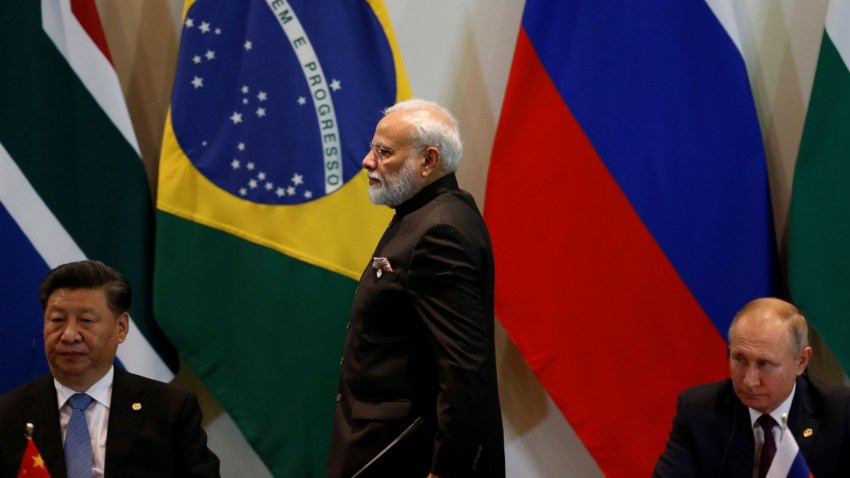Generally speaking, when an international organization finds itself debating its plans for membership expansion rather than more substantive agenda items, it is a sign of a group that lacks a clear mission and direction. That is certainly true in the case of the BRICS, comprising Brazil, Russia, India, China and South Africa. But the current discussion within the organization over whether and how aggressively to expand membership also underscores the differences in how its current members view both the benefits they receive from BRICS and their future role in the international community.
The “BRIC” acronym was coined in 2001 by Jim O’Neill, a financial analyst at Goldman Sachs, to refer to the four countries he believed were most likely to experience an economic boom in the decades to come: Brazil, Russia, India and China. In an example of analytic framework shaping reality, the use of the acronym led to a series of ad hoc meetings of high-ranking officials from the four countries, culminating in a leaders summit in 2009. The following year they formally launched the BRIC organization as a forum where they could cooperate to build alternative political and financial structures that were not dominated by the United States or Europe. South Africa formally joined in 2010, turning the BRICs into BRICS, and the organization’s membership has remained stable—and acronym-friendly—until this year.
In a world with far too many international organizations, most of which do very little, BRICS is notable for a few things that other organizations lack. First, it enjoys the consistent presence and involvement of each country’s top leadership. Second, the organization receives a relatively large amount of media attention every time its meets, on par with the G-20 or ASEAN. Third, the organization has money. The BRICS Development Bank offers loans to the developing world, and the organization’s Reserve Arrangement can support currencies facing liquidity crises.

